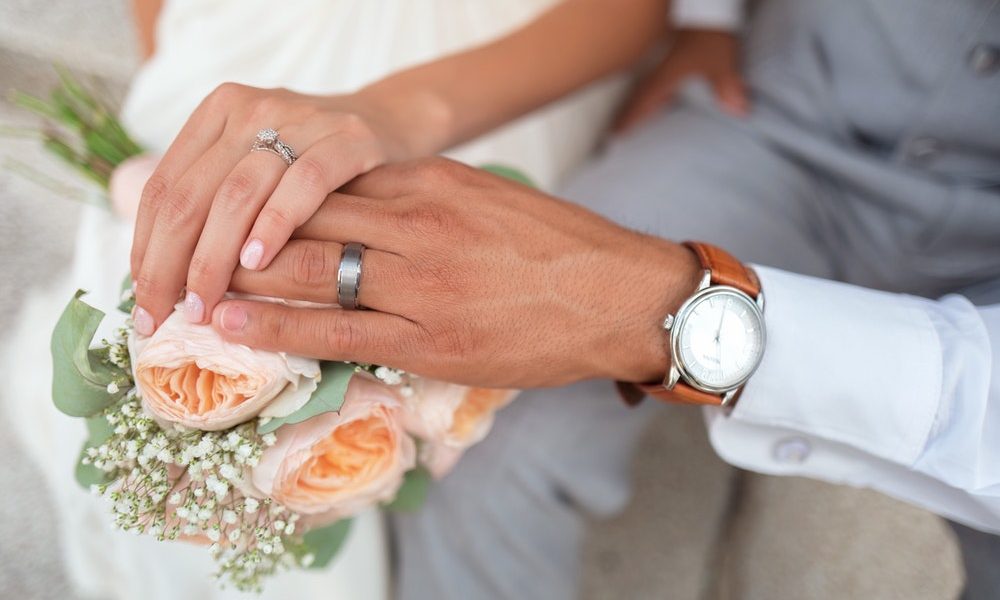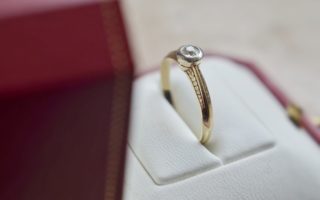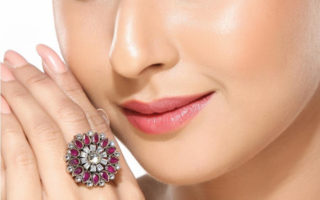Image Source: Unsplash
Congratulations on your engagement! Now, you’re planning the wedding and off to shop for your wedding rings. But how do you decide which ones to buy? The approach to buying a wedding ring is quite different to buying an engagement ring. There is no more element of surprise attached to it. Wedding ring shopping is done by the couple and usually involves more practical decision-making.
The wedding ring is the most important piece of jewellery that the couple will buy together, so it should be well-thought-of. It symbolises the couple’s love and their lifelong commitment to be loyal and faithful to each other. Highly valued and even considered as a sacred piece of jewellery, wedding rings have to be carefully chosen. Here are a few tips for you:
1. Shape
Among the factors you consider to help you choose the right wedding rings is the shape of a ring, which is more commonly referred to as the ring’s profile. It is best seen when looking at the ring’s cross section. A court-shaped ring is the most classic of the wedding ring profiles. It is slightly rounded on both the outside and inside sections. D shaped rings are curved on the outside but flat on the inside. A more contemporary choice for a wedding ring shape is the flat profile, which is flat on all surfaces. There are flat court and flat-sided court variations of the shape.
A shaped wedding ring is best for fancy shaped engagement rings. If you take into consideration your engagement ring, you will need to decide on a shape that will comfortably sit along with the other ring. For example, the lowered diamond setting of modern engagement rings will fit well with a curved wedding band, which will end up beneath the engagement ring.
2. Metal
Typically, the wedding ring makes use of the same type of metal as the engagement ring. This translates to a platinum wedding band for a platinum engagement ring or a yellow gold wedding band for a yellow gold engagement ring. The precious metals commonly used for wedding rings are platinum, gold (yellow, white, and rose), silver, palladium, titanium, zirconium, and tungsten.
Image Source: Unsplash
However, you can choose to use different metals and different colours should you want a more unique set of jewellery. Women and mens wedding rings from Ringleaders and other trusted jewellers can be customised to fit your preferences. Note that the risk in choosing different metals lies in their differing durability levels. Meaning, one wears faster than the other so you might have one ring looking dull and damaged while the other is still in good condition. Consult with your jeweller on which types of metal best go together and they can assist you in choosing the colours too.
3. Width
If you’ll be wearing both your engagement ring and wedding ring every day, the width of the wedding ring’s metal band will depend on the size of your engagement ring. Choose a band that matches the width your engagement ring.
4. Diamonds And Gemstones
If you plan to have diamond-set wedding rings, you can opt to have half the band or the entire band set with these precious stones. Show your jeweller your engagement ring so that they can place the diamonds on the wedding rings in a manner that ensures your jewellery pieces do not compete with each other. Also, make sure you choose the same quality for the diamonds for both rings so that they do not outshine the other.
Image Source: Unsplash
Unlike for engagement rings where the precious stone is the main feature, couples can opt not to have any gems on their wedding rings.





